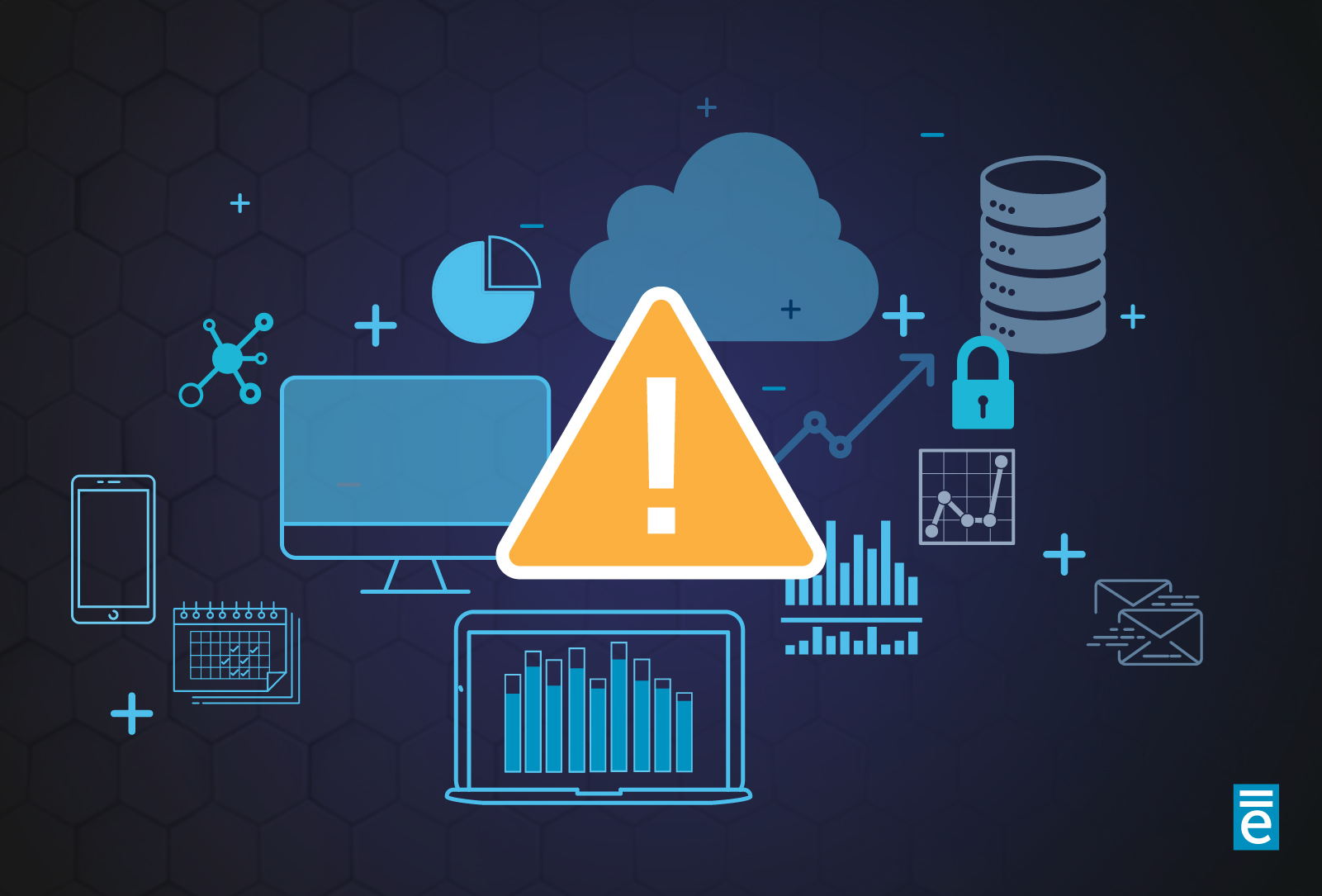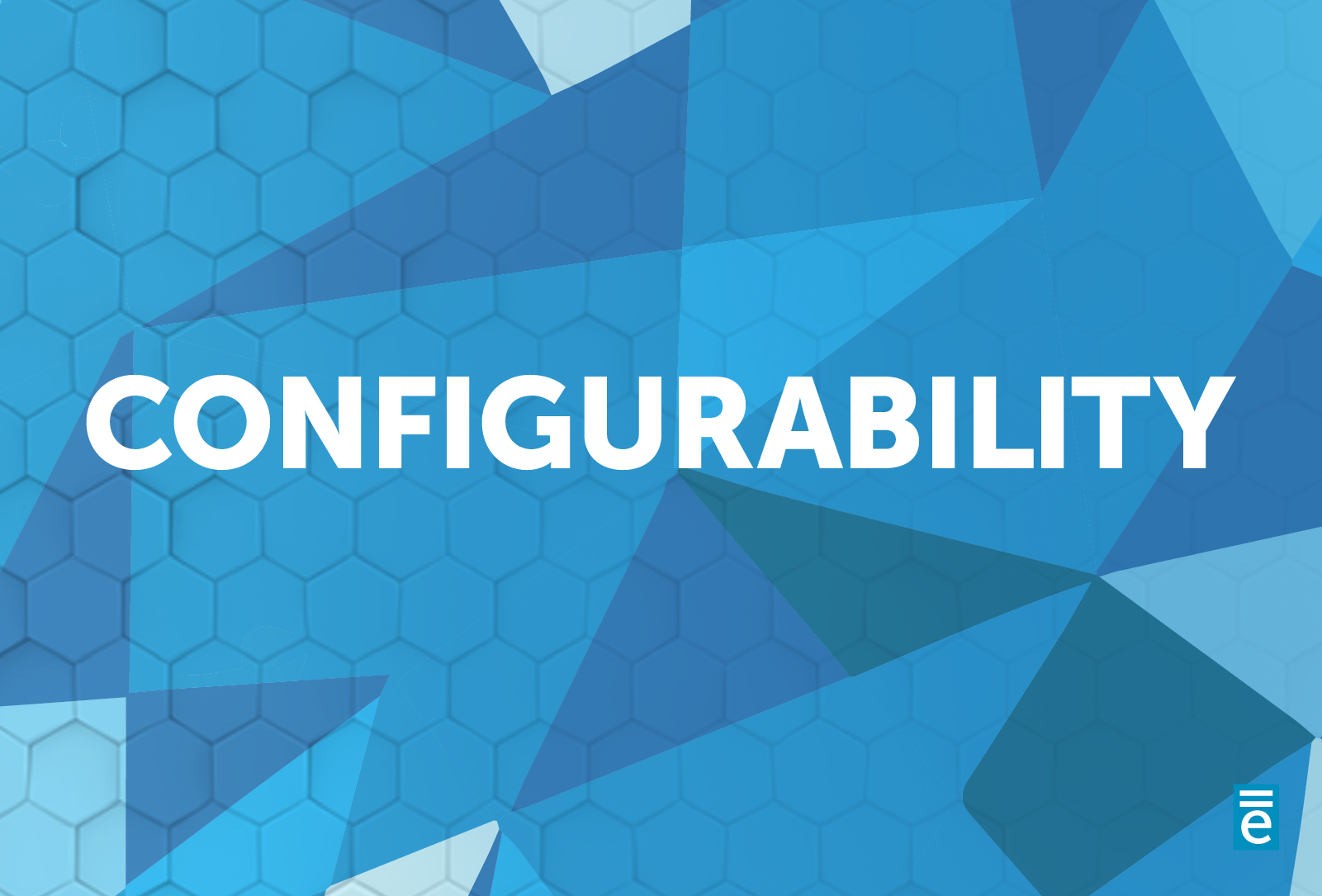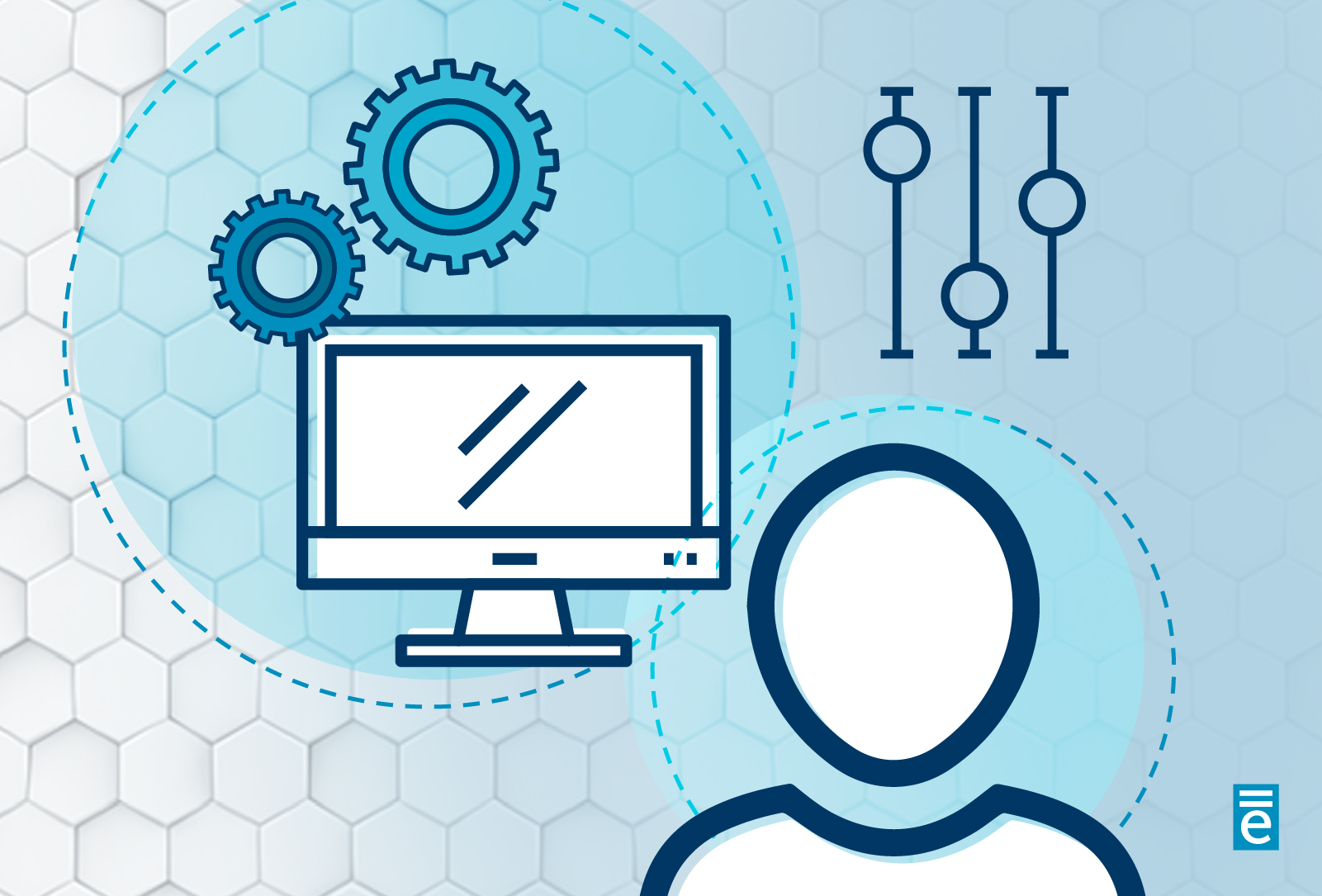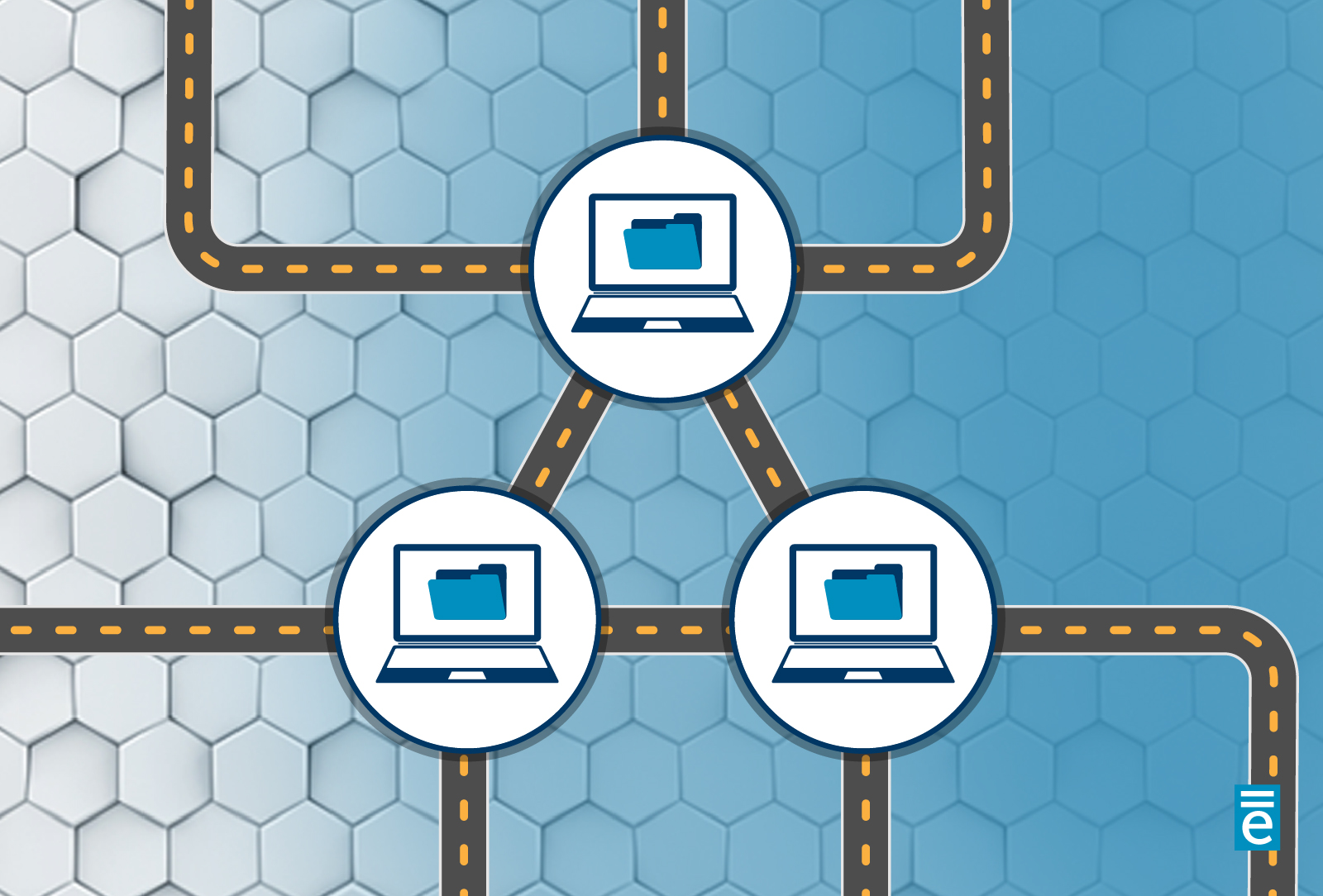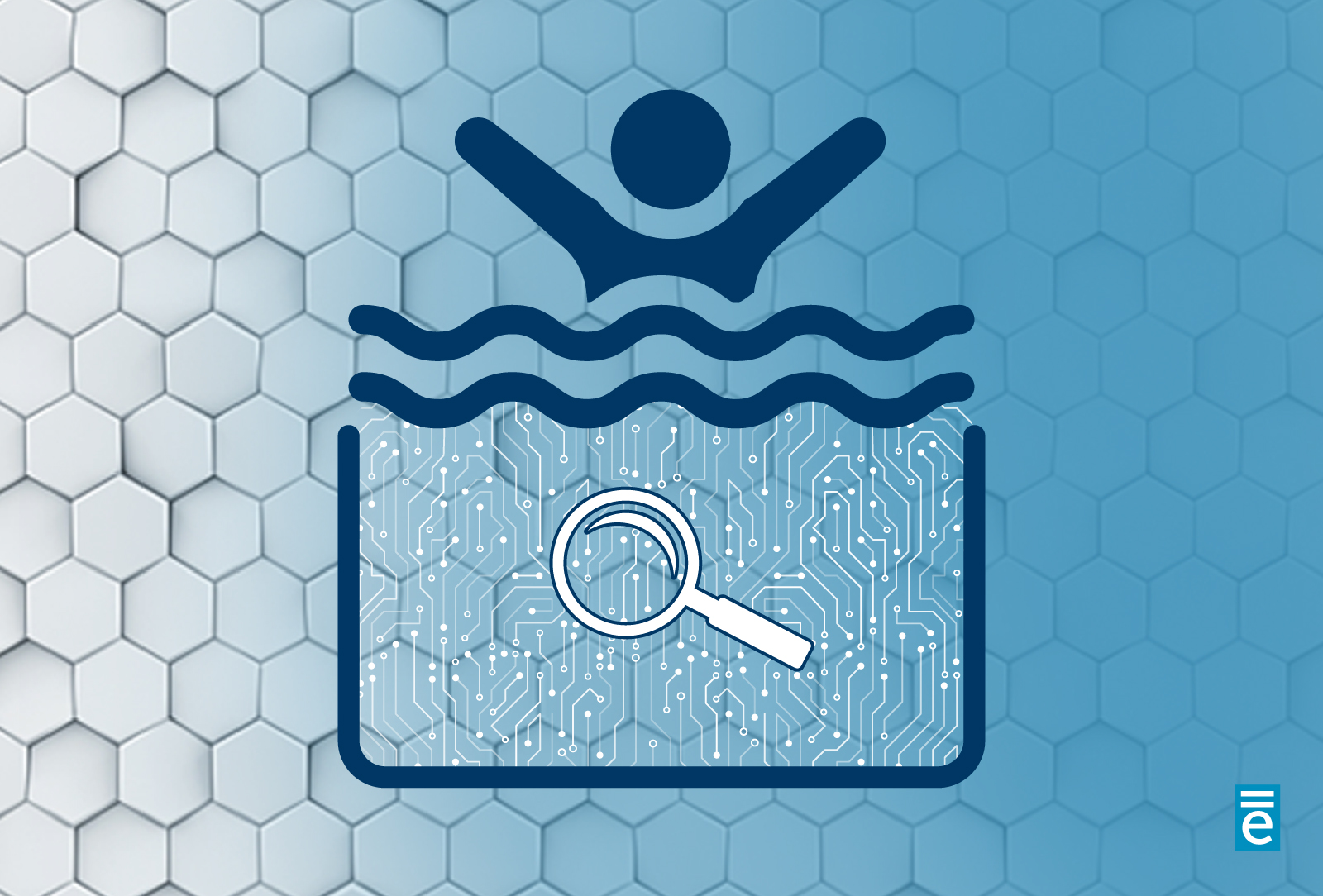Streamlining Public Attorney Offices with Effective Case Management
As a public attorney, never-ending task lists, scheduling challenges, and endless paper documents can impact overall efficiency. Fortunately, technology has come a long way, and implementing a case management system (CMS) can help alleviate many of these pain points. We highlight several things a CMS can help accomplish.




